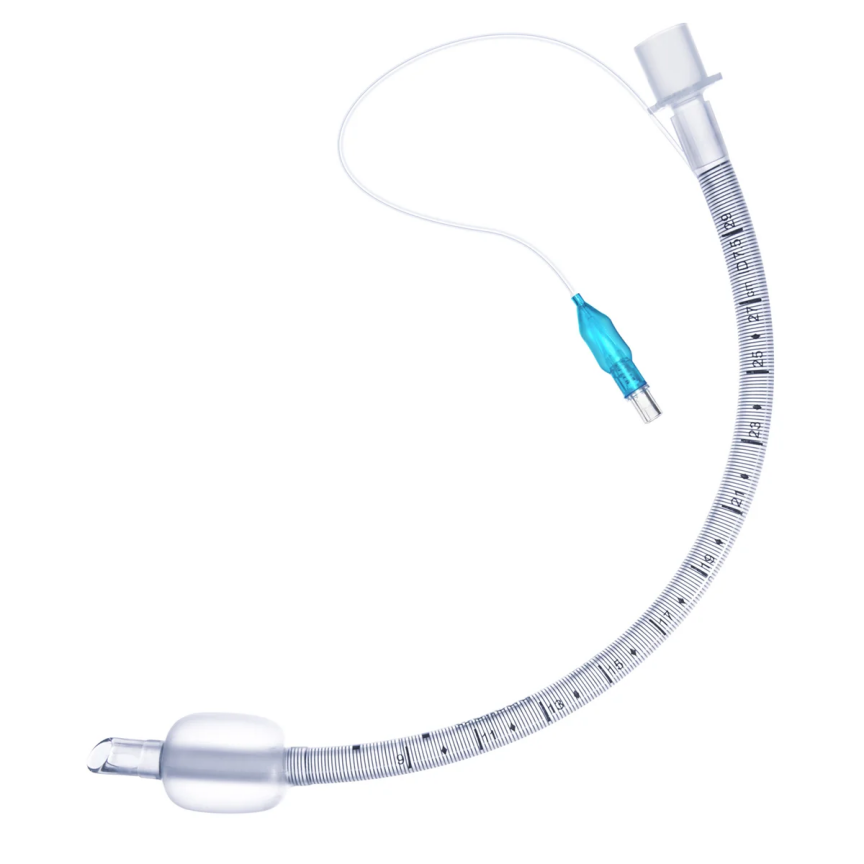The reinforced endotracheal tube, which has several uses in clinical settings, is one significant item we provide. Wellead Medical will describe the reinforced endotracheal tube uses in this article and highlight its benefits for various medical operations.

What Is a Reinforced Endotracheal Tube?
The reinforced endotracheal tube is specifically designed for use in specialized medical procedures, such as neurosurgical procedures and head and neck surgeries. Unlike standard endotracheal tubes, our reinforced tracheal tube includes a spiral wire embedded in the tube’s structure. This unique design provides effective resistance to kinking, ensuring that airflow remains unobstructed during critical procedures.
When considering reinforced endotracheal tube uses, it is essential to recognize how this design feature enhances the safety and effectiveness of airway management during surgery. The added stability provided by the reinforced structure allows for secure placement, especially in complex surgical situations where traditional tubes may be at risk of bending or collapsing.
Key Features That Enhance Performance
There are several features of the reinforced endotracheal tube that make it a preferred choice for healthcare providers. First, it is available with a variety of cuff options, including high-volume low-pressure cuffs, low-profile cuffs, and uncuffed versions. This versatility enables clinicians to select the appropriate type based on the specific needs of the patient and the procedure being performed.
Additionally, our reinforced endotracheal tubes are radiopaque, which allows for clear identification of the tube in radiographic images. This feature is particularly valuable in neurosurgical procedures, where precise imaging is crucial for ensuring correct tube placement.
Benefits of Using Reinforced Endotracheal Tubes
Understanding the benefits of reinforced endotracheal tube uses is key to recognizing why many healthcare facilities prefer them over standard options. With their ability to maintain airways securely, these tubes minimize the risk of complications during delicate surgeries. Additionally, their design allows for easier manipulation without compromising airflow, which is critical during intricate head and neck operations.
In procedures where neck movement is expected, using a reinforced endotracheal tube significantly improves patient safety. It reduces the chances of accidental dislodgment and ensures that ventilation remains consistent throughout the surgery.
Conclusion
By understanding the various reinforced endotracheal tube uses and features, healthcare professionals can make informed decisions about airway management in their practices. If you are looking for superior quality and performance, we invite you to explore our product offerings and see how we can support you in delivering exceptional patient care. Feel free to reach out with any questions or for additional information about our reinforced endotracheal tubes.

